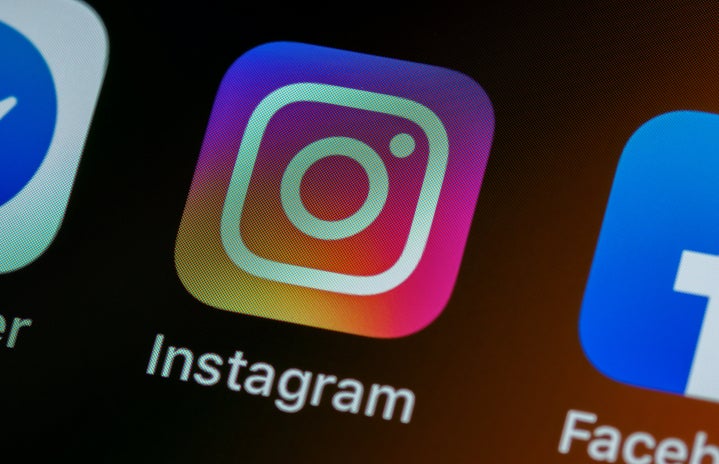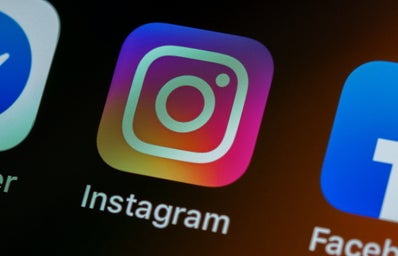It seems somewhat undeniable that when we, as a society heavily engaged in internet culture, think of posting photos online of ourselves we want to put out our best version or a version we are most pleased with. This can range from posting pictures at the coolest events going on one weekend or us wearing our newest, most fashionable outfit.
However, the rise of photo editing apps has now changed the idea of what we considered “our best version,” offering the option to alter our facial blemishes, body shapes and even bone structure. Currently, the most popularized app in the realm of photo editing is Facetune. What was originally advertised as an app to fix “temporary imperfections” or something as simple as redeye transformed into an app known for its capability to completely change the way a person may look in comparison to real life. Ultimately, this kind of use of technology can reach into impressionable minds and stack on body image issues that would have already been there without the peaks and valleys of social media.
If right now, you were to simply type in the word “Facetune” into the YouTube search bar, the first page is filled with tutorials, competitions and before/after reactions related to the use of the app. The top results range from 43k to 10 million views. It’s quite evident how normalized the use of photo editing apps has become, especially in the world of online personalities and how many everyday people are absorbing this phenomenon.
Even being aware of these numbers and the common use, when we are looking at other people’s pictures online (whether they are social media influencers or our peers), at times we may fail to ponder the possibility that the photo was “face tuned” (a now coined term or internet slang, describing the action of using Facetune). This inevitably leads to us registering a comparison between a picture that could have easily been edited to a real-life perception of ourselves. It leads us to question why we can’t live up to or attain the type of body or facial features we’re looking at.
Even though others’ use of photo editing apps can affect us, it’s important to understand how the personal use of them can just as easily do the same. When we post a picture of ourselves that has been “face tuned,” that picture sticks. It’s out there forever, it’s the photo people are now associating you with. It’s the photo you take a look at every time you get another like or comment. Therefore, when looking in the mirror and seeing that the body in the photo does not translate to the reality your eyes consume, it can mess with how you view yourself. It sets your expectations high of yourself and when you are unexpectedly hit with the image behind the edited photos, it can bring on a setback and a fresh wave of insecurities.
With all that, it’s important to acknowledge that sometimes people just want a cute picture and somedays the angle, pose or lighting is off. But that can result in our eagerness to add some curves and alterations here and there. (Trust me, I’ve been there!) However, it’s equally important to know your body and accept it in a way that with Facetune or not, once you put the Instagram feed down, you can still have a healthy grip on reality and healthy relationship with the true form of your body and face. It doesn’t happen overnight, nor does it happen by a swipe at your screen, but if we all take a step back from taking what we see and do online at face value, it can happen.



